Optimal Timing for Hardwood Floor Repairs

Spring and summer often provide optimal conditions for hardwood floor repairs due to stable humidity and temperature levels.

Avoid repairs during extreme cold or heat, as these can cause wood expansion or contraction, affecting repair quality.
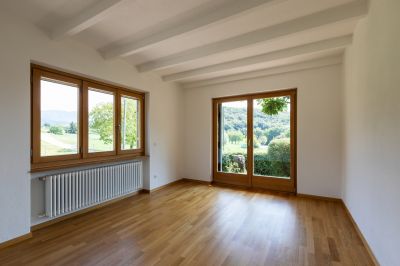
Late spring and early fall are ideal times when environmental factors are most controlled.
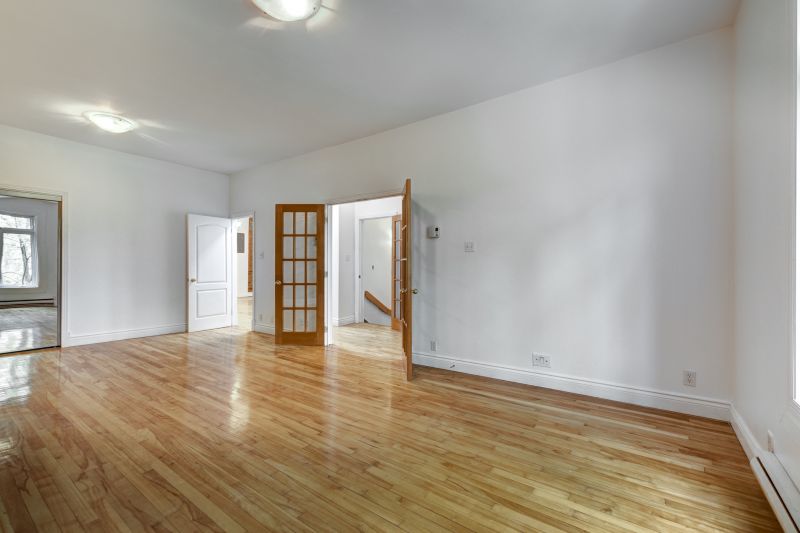
Ways to make Hardwood Floor Repairs work in tight or awkward layouts.
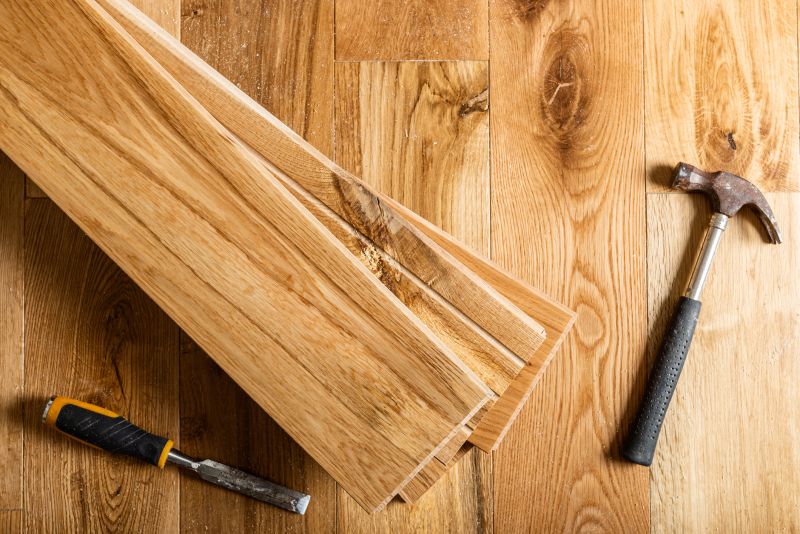
Popular materials for Hardwood Floor Repairs and why they hold up over time.
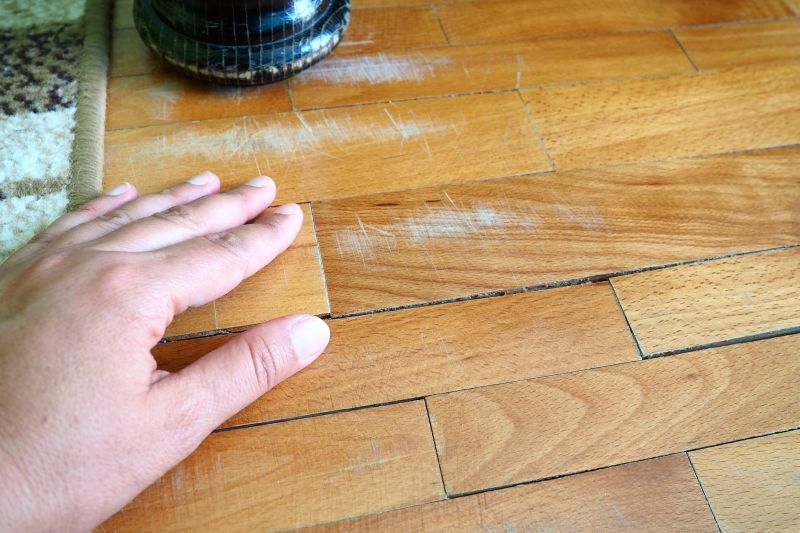
Simple add-ons that improve Hardwood Floor Repairs without blowing the budget.
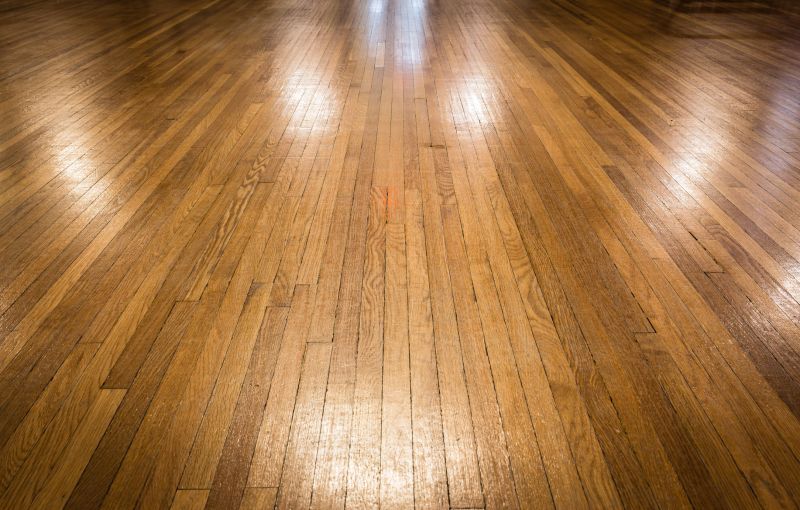
High-end options that actually feel worth it for Hardwood Floor Repairs.
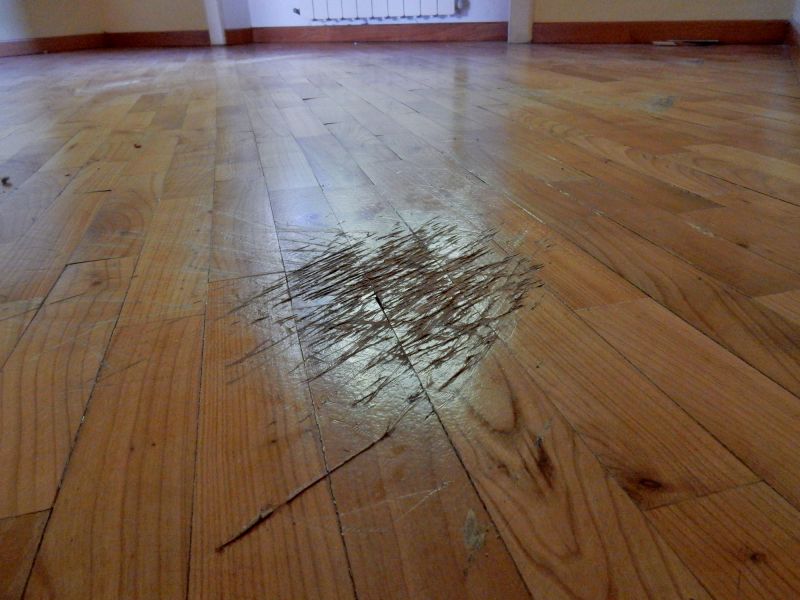
Finishes and colors that play nicely with Hardwood Floor Repairs.
Hardwood floor repairs involve restoring damaged or worn flooring to improve appearance and functionality. These repairs can include sanding, refinishing, filling gaps, and replacing damaged planks. Proper timing ensures that repairs are durable and effective, minimizing future issues.
Scheduling repairs during suitable seasons helps prevent issues caused by humidity fluctuations and temperature extremes.
Environmental stability during repairs reduces the risk of wood warping, cracking, or buckling.
Studies indicate that repairs conducted in optimal seasons have a 30% longer lifespan compared to those done during adverse conditions.
Timely repairs can extend the life of hardwood flooring, maintain aesthetic appeal, and prevent costly future replacements.
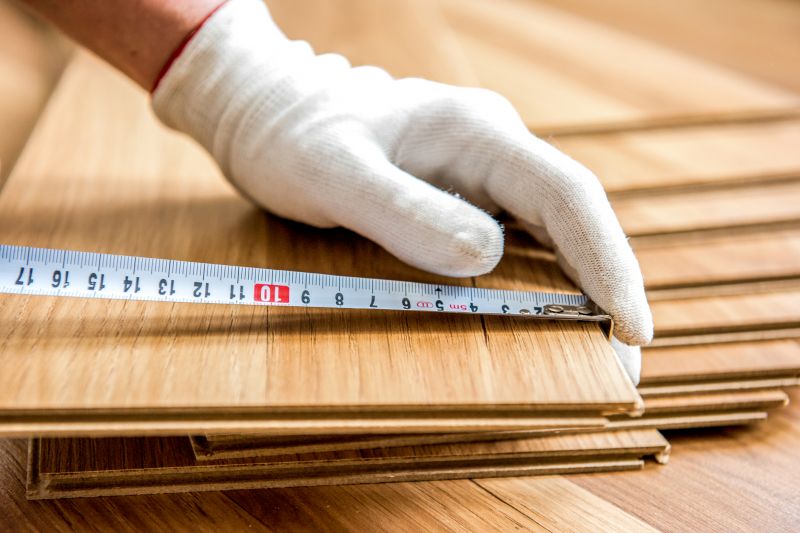
Little measurements that prevent headaches on Hardwood Floor Repairs day.
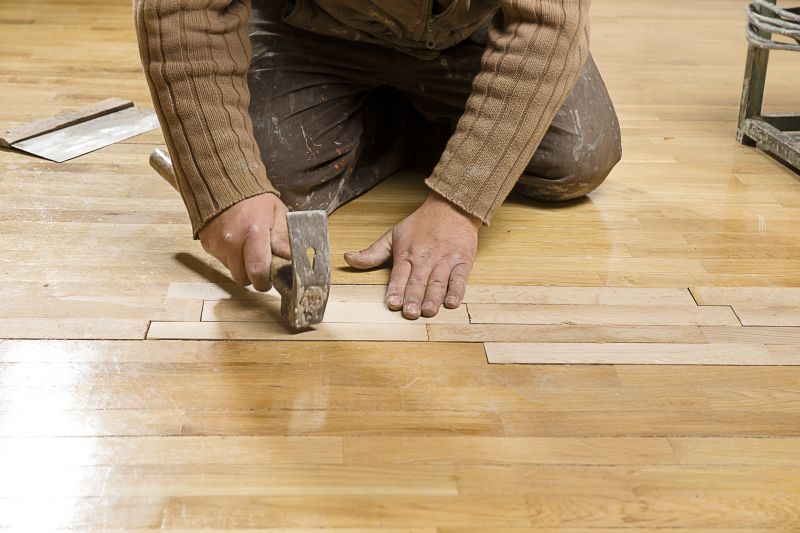
A 60-second routine that keeps Hardwood Floor Repairs looking new.
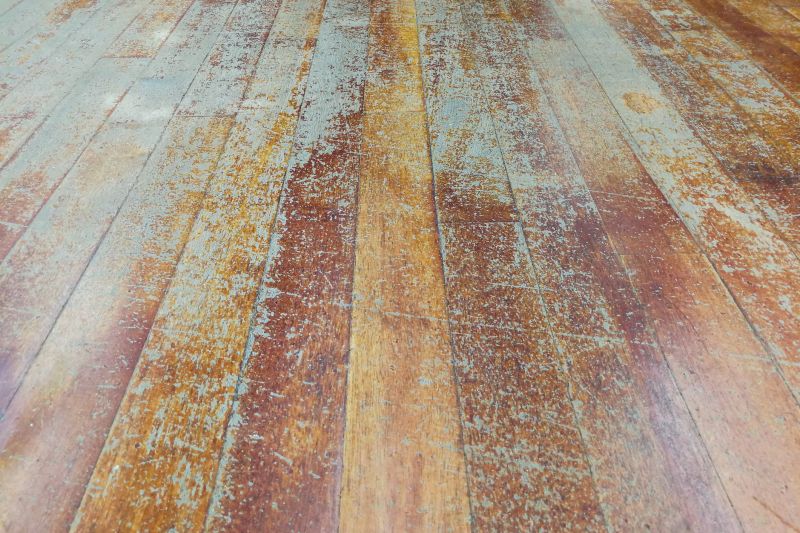
A frequent mistake in Hardwood Floor Repairs and how to dodge it.
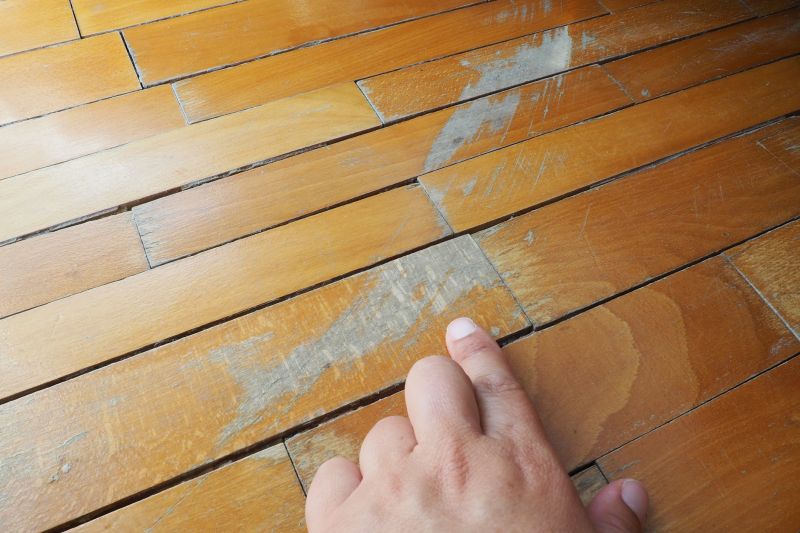
Small tweaks to make Hardwood Floor Repairs safer and easier to use.
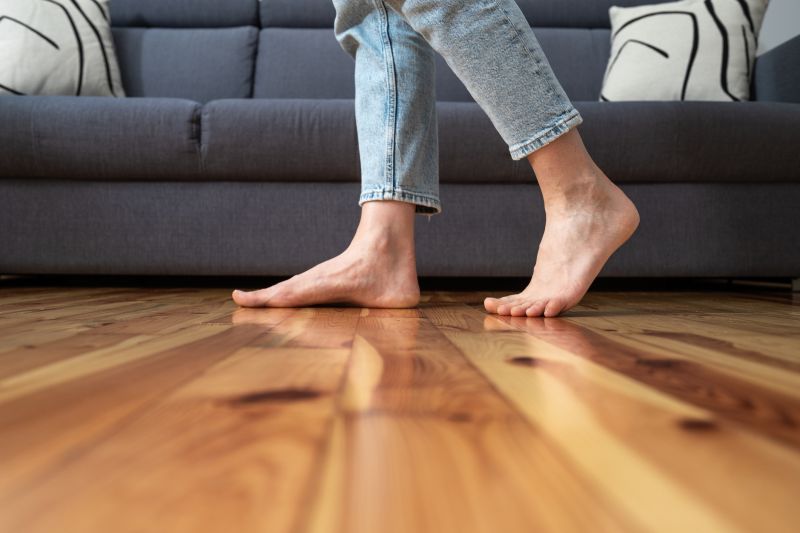
Lower-waste or water-saving choices for Hardwood Floor Repairs.

The short, realistic tool list for quality Hardwood Floor Repairs.
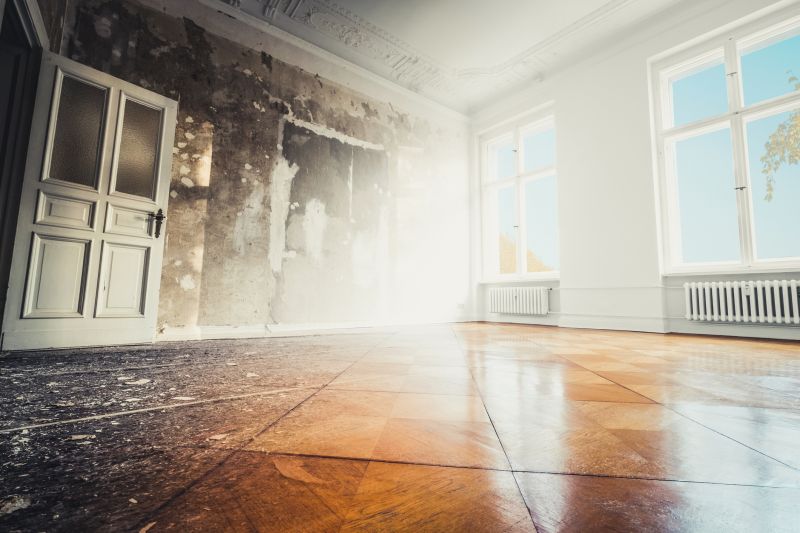
Rough timing from prep to clean-up for Hardwood Floor Repairs.
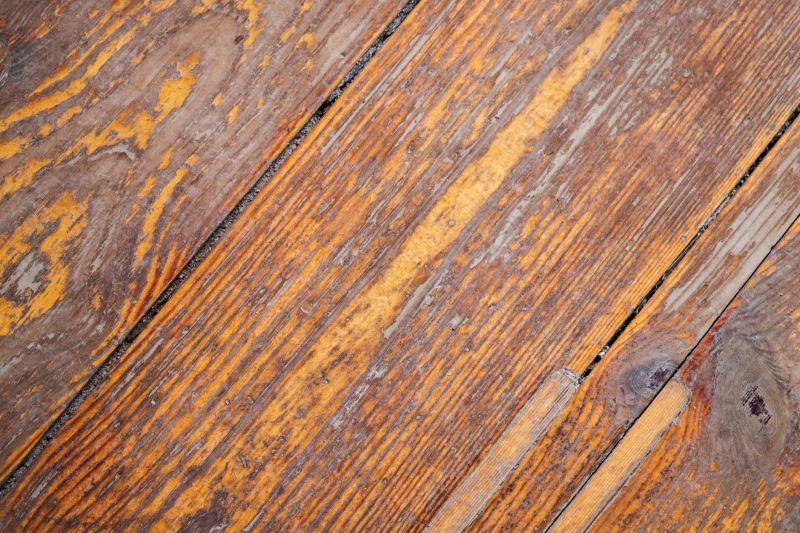
Quick checks and paperwork to keep after Hardwood Floor Repairs.
| Season | Advantages |
|---|---|
| Spring | Ideal humidity and temperature for repairs |
| Summer | Longer daylight hours for scheduling |
| Fall | Stable environmental conditions |
| Winter | Less foot traffic to avoid disturbance |
| Late Spring/Early Fall | Optimal repair window |



